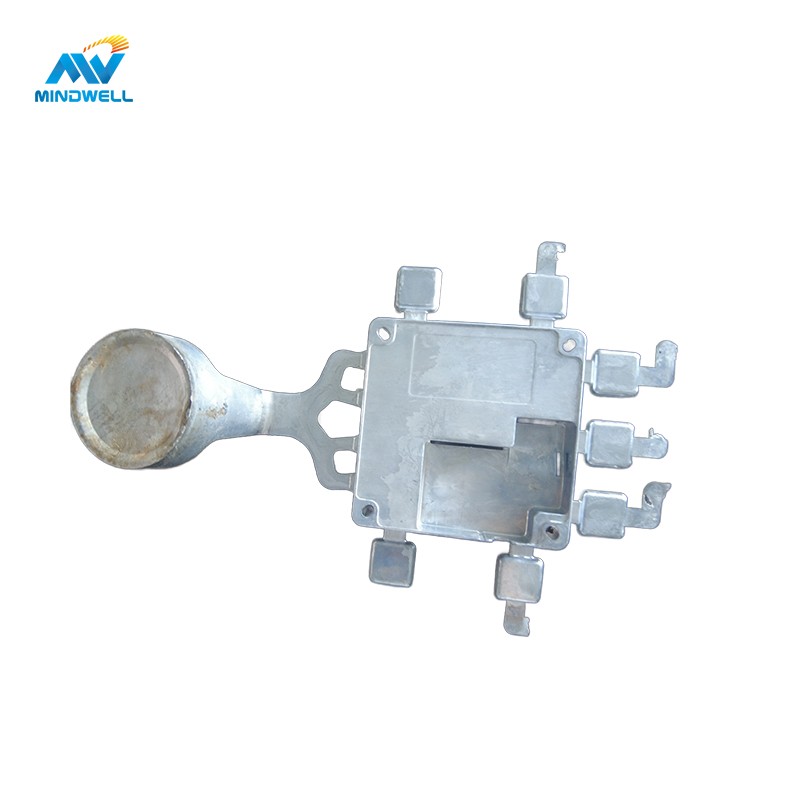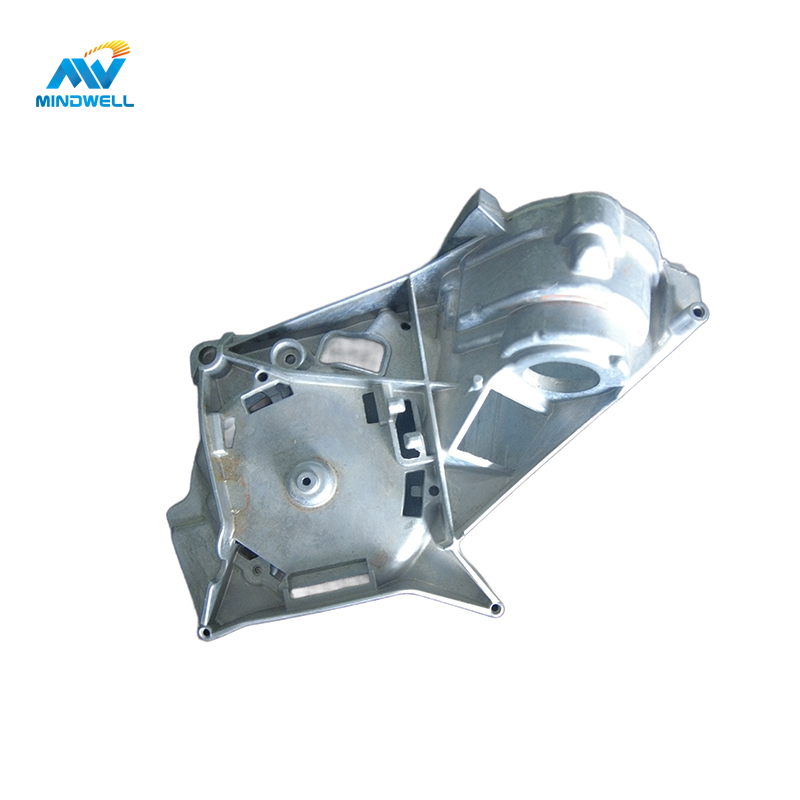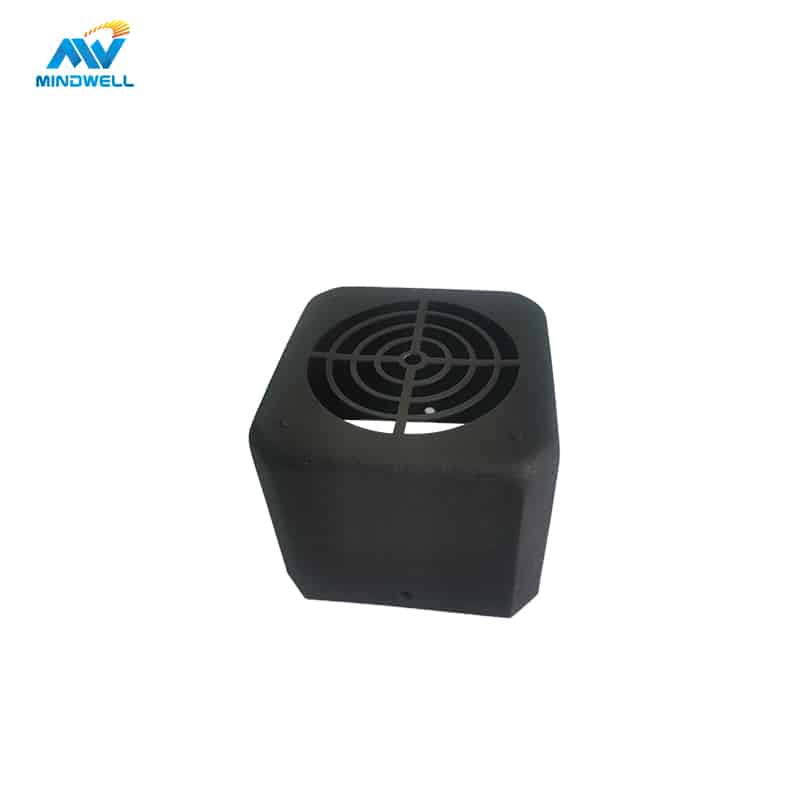Aluminum heat sink enclosures are highly sought after due to their excellent thermal conductivity properties. Aluminum has a high thermal conductivity, which means it can efficiently transfer heat away from the electronic components and dissipate it into the surrounding environment. This helps to prevent overheating and ensures the proper functioning and longevity of the electronic devices.
One of the key advantages of using an aluminum heat sink enclosure is its lightweight nature. Aluminum is a lightweight metal, making it ideal for applications where weight is a concern, such as in portable electronic devices or aerospace applications. The lightweight nature of aluminum also makes it easier to handle and install, reducing the overall manufacturing and assembly costs.
In addition to its thermal conductivity and lightweight properties, aluminum is also highly corrosion-resistant. This makes it suitable for use in environments where exposure to moisture or other corrosive elements is a concern. The corrosion resistance of aluminum ensures that the heat sink enclosure remains durable and maintains its performance over an extended period of time.
Furthermore, aluminum is a highly versatile material that can be easily machined and formed into complex shapes. This allows for the design and fabrication of heat sink enclosures that are tailored to specific requirements and specifications. The versatility of aluminum also enables the incorporation of additional features and components, such as fins or heat pipes, to enhance the heat dissipation capabilities of the enclosure.
Overall, an aluminum heat sink enclosure offers numerous benefits in terms of heat management, weight reduction, corrosion resistance, and design flexibility. It is a reliable and efficient solution for dissipating heat generated by electronic components and ensuring their optimal performance and reliability.
In addition to its primary function of heat dissipation, an aluminum heat sink enclosure also plays a crucial role in protecting electronic components from external factors. The enclosure acts as a shield, safeguarding the delicate electronic circuitry from physical damage, moisture, dust, and other contaminants that could potentially compromise the performance and lifespan of the components.
Furthermore, the aluminum material used in heat sink enclosures offers several advantages over other materials. Aluminum is lightweight yet sturdy, making it an ideal choice for heat sink enclosures that need to be durable yet not add unnecessary weight to the overall electronic device. Its excellent thermal conductivity allows for efficient heat transfer, while its corrosion resistance ensures the longevity and reliability of the enclosure.
Moreover, aluminum heat sink enclosures are highly versatile and customizable. They can be designed in various shapes and sizes to accommodate different electronic components and fit within the available space constraints. The fins or ridges on the enclosure’s surface can also be tailored to optimize heat dissipation based on the specific requirements of the electronic device.
Overall, the function and importance of an aluminum heat sink enclosure cannot be overstated when it comes to the proper functioning and longevity of electronic devices. It not only prevents overheating and damage to components but also provides protection and customization options, making it an indispensable component in the design and manufacturing of electronic devices.
Advantages of Aluminum Heat Sink Enclosure
There are several advantages of using an aluminum heat sink enclosure:
- 優れた熱伝導性: Aluminum is known for its high thermal conductivity, which means it can efficiently transfer heat from the electronic components to the surrounding environment. This is crucial in electronic devices that generate a significant amount of heat, as it helps prevent overheating and ensures optimal performance.
- Lightweight and Durable: Aluminum is a lightweight material, making it suitable for applications where weight is a concern. This is particularly important in industries such as aerospace and automotive, where reducing weight can improve fuel efficiency and overall performance. Additionally, aluminum is highly durable and resistant to corrosion, ensuring the longevity of the heat sink enclosure even in harsh environments.
- 費用対効果: Aluminum heat sink enclosures are generally more cost-effective compared to other materials, such as copper. This is due to the abundance of aluminum in the Earth’s crust and the relatively low cost of extracting and processing it. The cost-effectiveness of aluminum makes it an attractive choice for manufacturers looking to balance performance and affordability.
- Customizable: Aluminum is a versatile material that can be easily machined and customized to meet specific requirements. Heat sink enclosures can be designed in various shapes, sizes, and configurations to fit different electronic components and applications. This flexibility allows for efficient heat dissipation and optimal space utilization within electronic devices.
- Electromagnetic Shielding: Aluminum heat sink enclosures can provide electromagnetic shielding, protecting the electronic components from interference and ensuring their proper functioning. This is particularly important in sensitive applications where electromagnetic interference (EMI) can disrupt the performance of electronic devices or compromise data integrity. The inherent conductivity of aluminum allows it to effectively redirect and absorb electromagnetic waves, minimizing their impact on the enclosed components.
- Eco-Friendly: Aluminum is a sustainable material with a low carbon footprint. It is fully recyclable, and the recycling process requires significantly less energy compared to the production of primary aluminum. By choosing aluminum heat sink enclosures, companies can contribute to environmental conservation and reduce their overall impact on the planet.
Overall, the advantages of aluminum heat sink enclosures make them a popular choice in various industries, including electronics, telecommunications, automotive, and renewable energy. Their excellent thermal conductivity, lightweight nature, durability, cost-effectiveness, customizability, electromagnetic shielding capabilities, and eco-friendliness make them an ideal solution for efficient heat management and protection of electronic components.
Applications of Aluminum Heat Sink Enclosure
Aluminum heat sink enclosures find applications in various industries and electronic devices, including:
- Computers and laptops: Aluminum heat sink enclosures are commonly used in computers and laptops to dissipate heat generated by the central processing unit (CPU) and graphics processing unit (GPU). The high thermal conductivity of aluminum helps in efficiently transferring the heat away from these components, preventing overheating and ensuring optimal performance.
- LED lighting systems: LED lights are known for their energy efficiency, but they still generate heat during operation. Aluminum heat sink enclosures are used in LED lighting systems to dissipate this heat and ensure the longevity and reliability of the lights.
- Power electronics: Power electronic devices, such as power supplies and inverters, generate significant amounts of heat. Aluminum heat sink enclosures are used in these devices to dissipate the heat and maintain the optimal operating temperature, thus improving their efficiency and reliability.
- Audio amplifiers: Audio amplifiers produce heat due to the power dissipation in the amplification process. Aluminum heat sink enclosures are used to dissipate this heat, preventing distortion and ensuring high-quality audio output.
- Solar inverters: Solar inverters convert the direct current (DC) generated by solar panels into alternating current (AC) for use in homes and businesses. These inverters generate heat during the conversion process, and aluminum heat sink enclosures are used to dissipate this heat and maintain the efficiency of the solar power system.
- Motor drives: Motor drives control the speed and torque of electric motors. They generate heat during operation, and aluminum heat sink enclosures help in dissipating this heat, preventing overheating and ensuring the smooth functioning of the motor drives.
- Telecommunications equipment: Telecommunications equipment, such as routers, switches, and base stations, generate heat due to the high data transfer rates and continuous operation. Aluminum heat sink enclosures are used to dissipate this heat, preventing damage to the sensitive electronic components and ensuring reliable communication.
- Automotive electronics: With the increasing use of electronic systems in automobiles, such as engine control units, infotainment systems, and advanced driver-assistance systems, the need for efficient heat dissipation is crucial. Aluminum heat sink enclosures are used in automotive electronics to dissipate the heat generated by these components, ensuring their reliable operation.
- Aerospace and aviation: In the aerospace and aviation industry, electronic systems are exposed to extreme temperatures and harsh operating conditions. Aluminum heat sink enclosures are used in these applications to dissipate heat and maintain the performance and reliability of critical electronic components.
These are just a few examples, and the use of aluminum heat sink enclosures is not limited to these industries alone. Any application that involves electronic components generating heat can benefit from the use of a heat sink enclosure. The versatility and effectiveness of aluminum heat sink enclosures make them an essential component in various industries and electronic devices.






